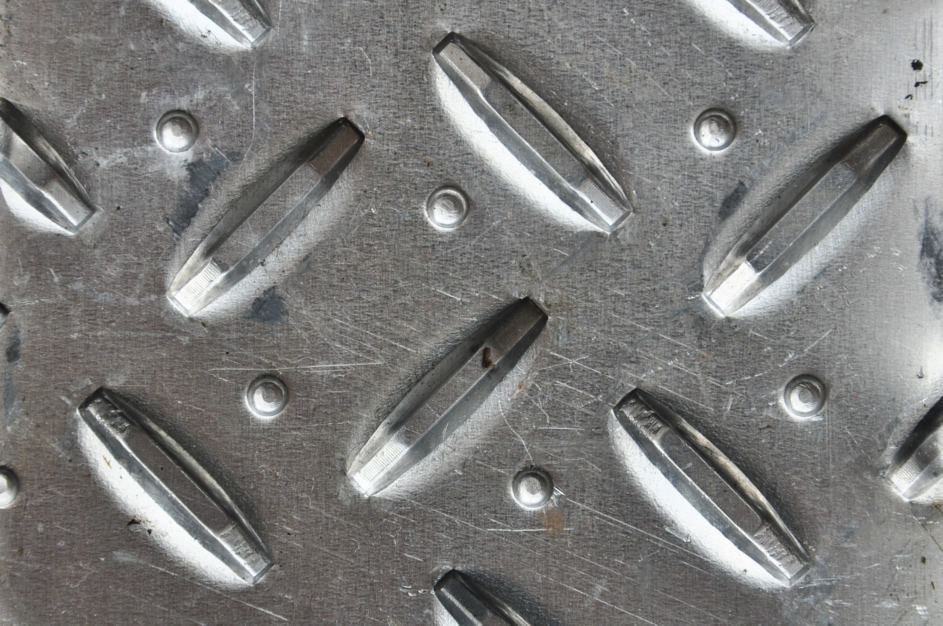 Originally developed in the early 1900s, stainless steel is a steel alloy containing a minimum of 10.5% chromium. Current estimates suggest there are over 150 different grades of stainless steel available today (divided into 5 primary groups), many of which are used in applications such as automotive, aerospace, and industrial. This week, we’re going to take a closer look at this highly popular metal, revealing some of its key benefits.
Originally developed in the early 1900s, stainless steel is a steel alloy containing a minimum of 10.5% chromium. Current estimates suggest there are over 150 different grades of stainless steel available today (divided into 5 primary groups), many of which are used in applications such as automotive, aerospace, and industrial. This week, we’re going to take a closer look at this highly popular metal, revealing some of its key benefits.
Resistant To Corrosion
Let’s go ahead and knock out the most obvious benefit of stainless steel: it’s resistant to rust/corrosion. The presence of chromium allows this versatile metal to resistant the otherwise corrosive effects of moisture. Low-grade stainless steel is able to resist standard atmospheric corrosion (humidity, rain, etc.), whereas high-grade stainless steel is able to resist chemical corrosion from acids, alkaline, and chloride.
Whether you intend to use it indoors or outdoors, the corrosion-resistant characteristics of stainless steel is sure to prove useful. Moisture is all around us in the form of humidity, and this humidity can cause tarnishing and rusting in many types of metals – but not stainless steel.
Ease of Cleaning
Another benefit of stainless steel is its ease of cleaning. There are dozens of cleaning products designed specifically for stainless steel, making cleaning a breeze. And because it’s naturally resistant to corrosion, you don’t have to worry about the damaging effects of moisture left behind. Just wipe down the surface with your preferred product to clean and revitalize its shiny appearance.
Wide Variety of Finishes
Stainless steel is available in over a dozen different finishes, offering an even greater level of customization for your respective project. Once the steel is rolled to the desired size, shape and thickness, a mill finish can be applied to make it more visually appealing. Some of the different mill finishes include No. 0, No. 1, No.2D, No. 2B, No. 2BA, No. 3, No. 4, No. 5, No. 6, No. 7, No. 8, No. 9, and No. 10.
Self-Healing
No, this isn’t a typo. Stainless steel has the ability to heal itself. The chromium found within this metal allows for the formation of a thin layer of chromium oxide film over the surface. If stainless steel is damaged and exposed to oxygen, this layer will begin to fix it. This doesn’t necessarily mean that major damage will miraculously go away, but small surface scratches will likely heal thanks to the chromium oxide film.
